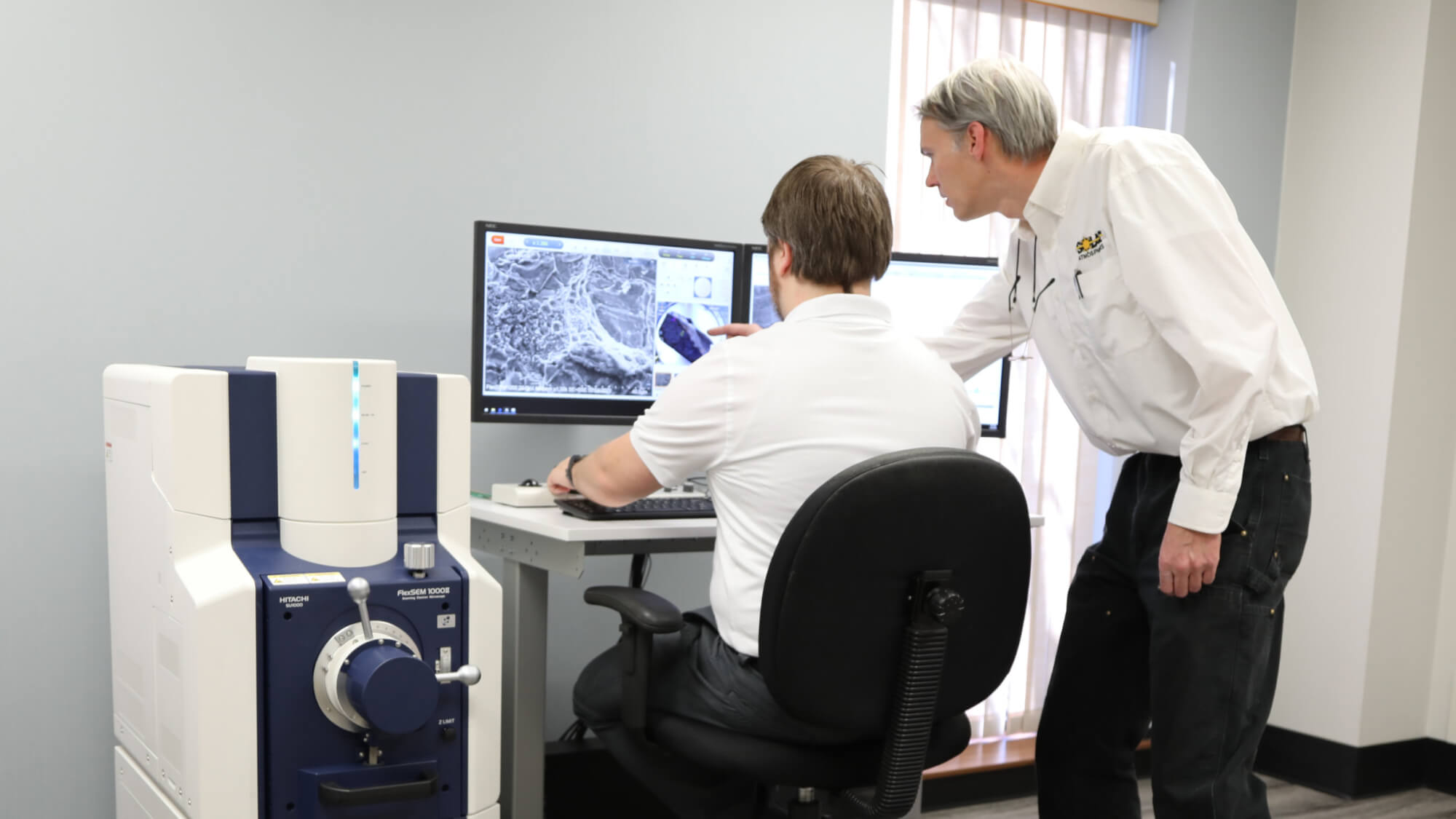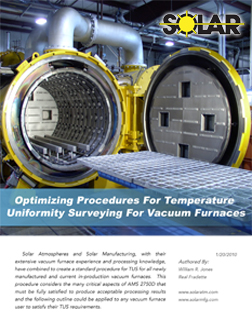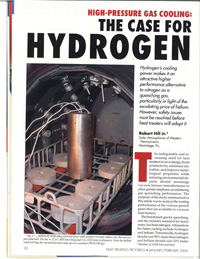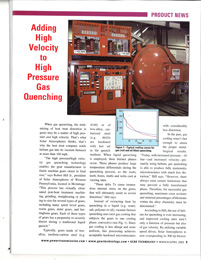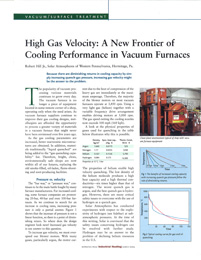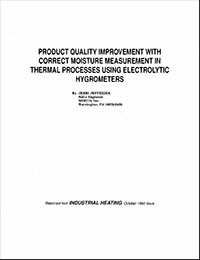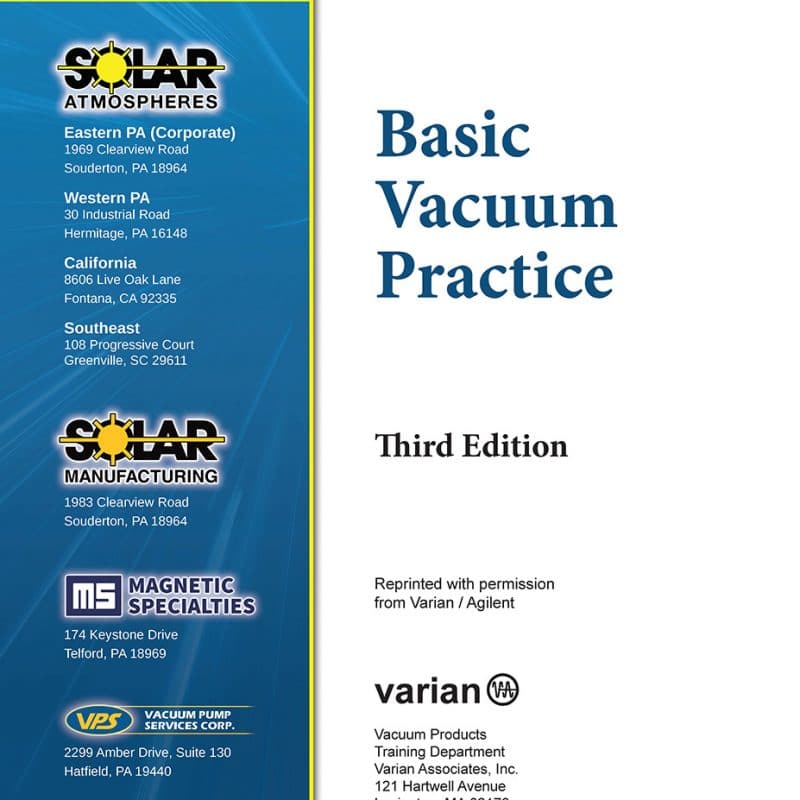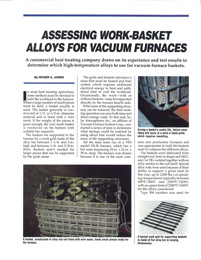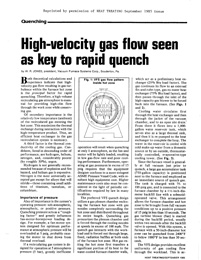CALL: 1-855-WE-HEAT-IT
Furnace Operation
Optimizing Procedures For Temperature Uniformity Surveying For Vacuum Furnaces
A Temperature Uniformity Survey ( TUS ) for a vacuum furnace to satisfy AMS 2750D must be performed using established procedures and methods that fully meet the requirements of the specification and allows for consistent and more accurate results of actual furnace capabilities. Solar Atmospheres and Solar Manufacturing, with their extensive vacuum furnace experience and processing knowledge, have combined to create a standard procedure for TUS for all newly manufactured and current in-production vacuum furnaces. This procedure considers the many critical aspects of AMS 2750D that must be fully satisfied to produce acceptable processing results and the following outline could be applied to any vacuum furnace user to satisfy their TUS requirements.
High-Pressure Gas Cooling: the Case for Hydrogen
Hydrogen’s cooling power makes it an attractive higher performance alternative to nitrogen as a quenching gas, particularly in light of escalating price of helium. However, safety issues must be resolved before heat treaters will adopt it.
Adding High Velocity to High Pressure Gas Quenching
When gas quenching, the minimizing of heat treat distortion is gears may be a matter of high pressure and high velocity. That’s what Solar Atmospheres thinks, that’s why the heat treat company sends helium gas into its vacuum furnaces at more than 100mph.
High Gas Velocity: A New Frontier of Cooling Performance in Vacuum Furnaces
Because there are diminishing returns in cooling capacity by simply increasing quench-gas pressure, increasing gas velocity might be the answer to the problem.
Product Quality Improvement With Correct Moisture Measurement in Thermal Processes Using Electrolytic Hygrometers
Moisture analysis at different phases of the heat treat process is crucial as even trace amounts of oxygen and water vapor can lead to oxidation of the materials being processed. This paper explores why moisture reduction is critical and how to properly calibrate and operate an electrolytic hygrometer to monitor moisture in vacuum heat treating.
Basic Vacuum Practice by Varian
Basic vacuum practices, a primer and basic introduction for vacuum technicians
Assessing Work-Basket Alloys for Vacuum Furnaces
A commercial heat treating company draws on its experience and test results to determine which high-temperature alloys use for vacuum furnace baskets.
High-Velocity Gas Flow Seen as Key to Rapid Quench
Both theoretical calculations and experience indicate that high-velocity gas flow resulting in gas turbulence within the furnace hot zone is the principal factor for rapid quenching. Therefore, a high-volume recirculating gas atmosphere is essential for providing high-cfm flow through the work zone while conserving gas.


